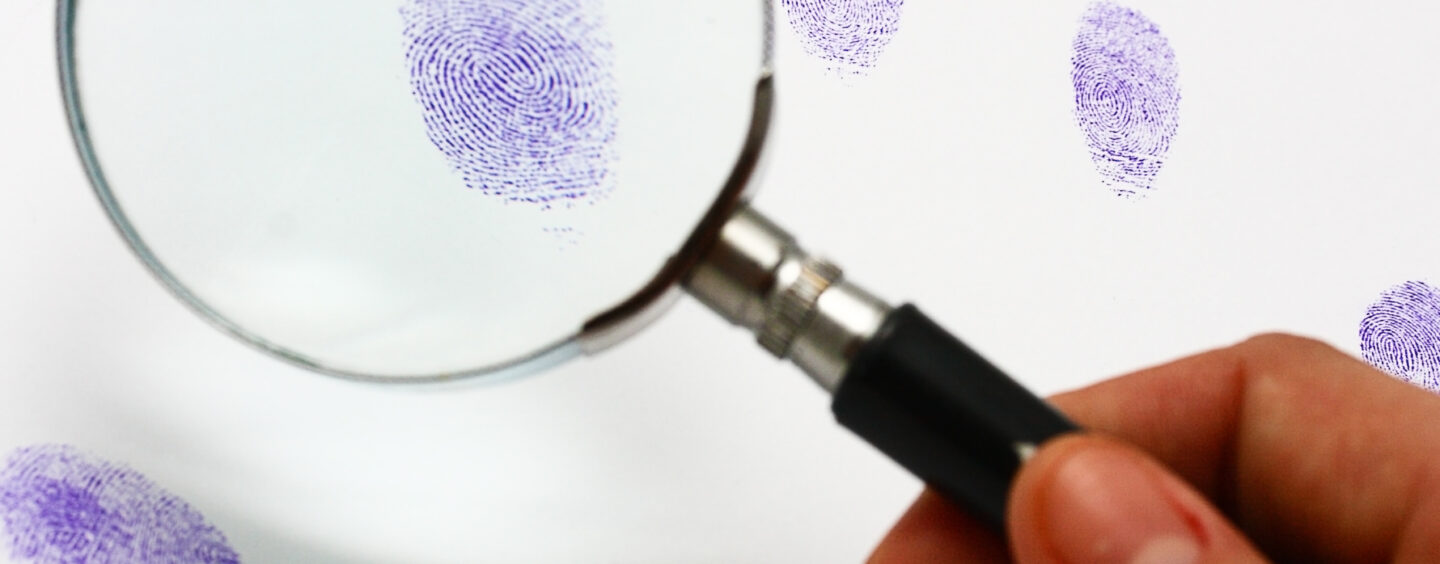Social media fraud is out again, but this time fraudsters are taking one’s identity and hacking into bank accounts from the tips of your fingers, literally. So the next time you throw up that peace sign and post it all over Facebook or Instagram, keep in mind this gives hackers easy access to fingerprint data.
With off-the-shelf equipment, researchers at the National Institute of Informatics in Tokyo photographed fingertips at ranges of up to three meters, and used the resulting pictures to fool a fingerprint recognition system.
RELATED: Identity Theft Resource Center Reveals USPS Scam
The research threatens a future where nothing — not even your body itself — is safe from identity theft, imperilling the booming industry of biometric security.
“As camera resolution gets higher, it’s becoming possible to image smaller things like a fingerprint or an iris,” said Isao Echizen, professor at the National Institute of Informatics in Tokyo.
“Once you share them on social media then they’re gone. Unlike a password you can’t change your fingers, so it’s information you have to protect.”
Biometric security is reaching the mainstream with more than 50 per cent of mobile phones set to include fingerprint recognition for the first time in 2017. The technology is also used in immigration control and for access to high-security controlled areas.
The NII work is the first time researchers have demonstrated the full chain, from photographing fingertips to reconstructing a print that can fool a scanner.
There have been several cases of illegal entry into Japan using fake fingerprints made from silicon film to fool scans at the border, showing how the technology could be used.
Mr Echizen and his colleagues took photos with a 20 megapixel Canon digital camera that costs $900. For now, he says, the technique needs good lighting and the fingertips must be in focus so the average selfie is not a risk today.
That will change quickly as camera resolution improves. For public figures, the wealthy and those of interest to intelligence agencies, however, fingerprint theft is already a risk. “The thing to worry about for now is not a selfie but an attacker,” said Mr Echizen. “If a professional wants to get somebody’s fingerprints they can do it.”
RELATED: Medical Identity Theft Warned by BBB
For example, someone speaking at a conference could have their fingerprints stolen by a cameraman sitting in the audience, who could then make fakes and use them to impersonate the target.
Wearing gloves is one answer, but the NII team have developed and patented a countermeasure of their own, which involves having your fingertips covered in acrylic emulsion and then using a stencil to transcribe a pattern on to them in acrylic paint.
The fingertips can still be read by a contact-based biometric sensor but the pattern makes it impossible to capture them in a photograph.
Mr Echizen says he recognises that patterning the fingertips is unlikely to be a welcome part of the daily routine for many people but he hopes to make it as easy as possible. “We want to consider something easier to put on or take off in the future,” he says.
Copyright The Financial Times Limited 2017. All rights reserved. You may share using our article tools. Please don’t cut articles from FT.com and redistribute by email or post to the web.
Are you a victim of fraud or money scam? Share your story with us on the Money Credit and You Facebook page!
Original article published on www.ft.com.





